26 Excellent Things to Do in Cordoba, Spain
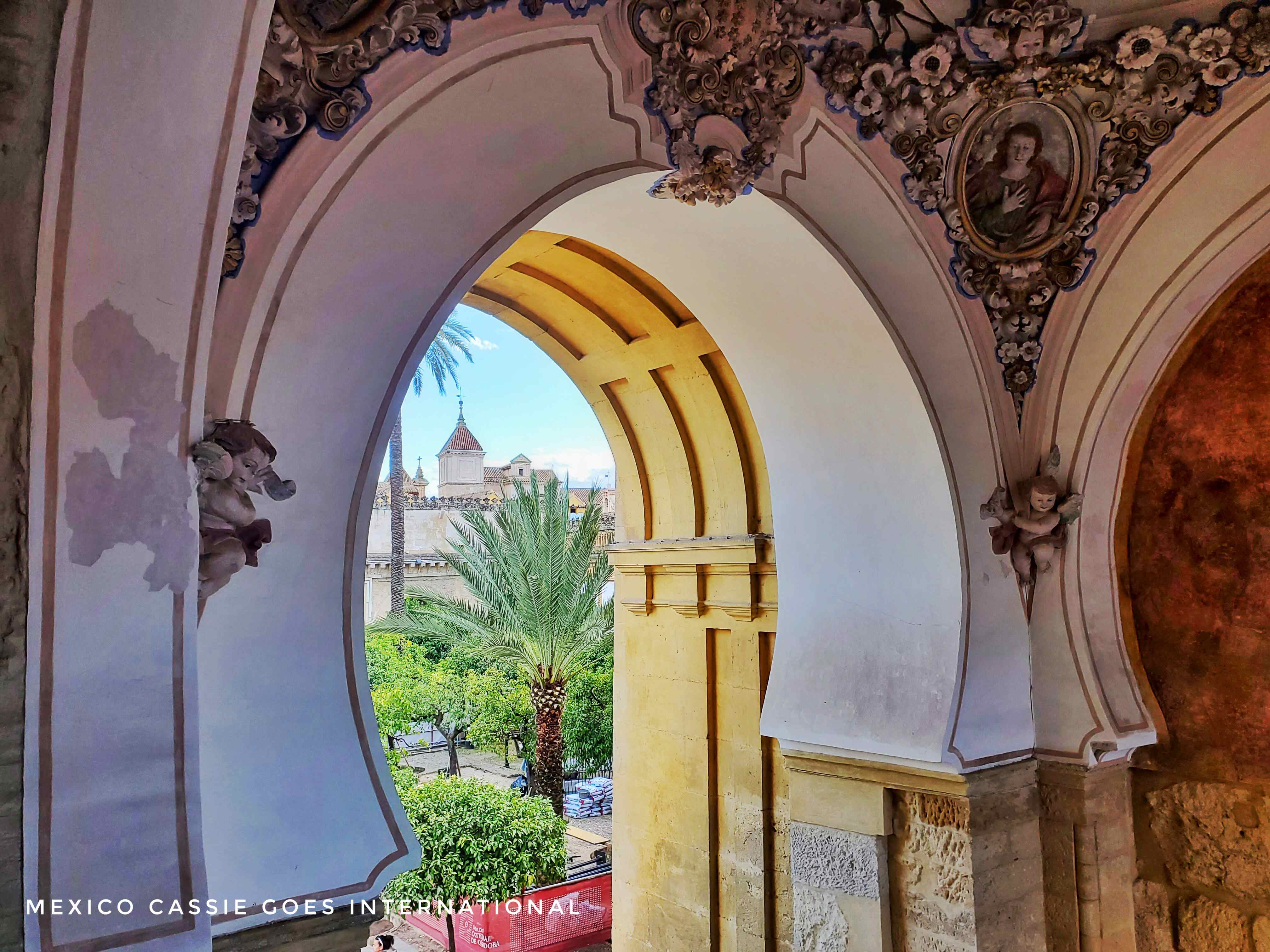
When we talk about Spanish Cordoba we need to be clear that the city named Cordoba is located within a province with the same name. In fact, the city is the capital of the province of Cordoba. This double naming is common in Spain. Cadiz, Sevilla, and Segoiva for example, are also both the name of cities and the province they’re located in too.
The province of Cordoba is one of eight provinces in Andalucia and while the city is rightly a huge tourist destination, the rest of the province also deserves a lot of love. If you’re considering a trip to Cordoba, you must save a day or two to explore further afield. By further afield I mean beautiful villages nearby like Zuheros and for exploring the rest of Andalucia too.
My family and I absolutely love visiting Cordoba so let me share a great list of things to do in Cordoba, Spain. Just as Seville is excellent for kids, so is Córdoba. I just know that if you use my article to plan your trip you will fall in love with this gorgeous region of the world just as I did.

Please note that there may be affiliate links in this article. If you click and make a purchase I may make a small sum at no extra cost to you. This is one way I am able to keep my blog going.
Cordoba Highlights – why do people visit?
People visit Cordoba primarily because it is home to the world-famous, UNESCO World Heritage Site, the Mezquita. They’re not wrong, it’s utterly gorgeous and absolutely must be seen but did you know that Cordoba has more UNESCO World Heritage Sites than anywhere else in the world? That’s right, within ten kilometres there is the Mezquita, the Medina Azahara, the historic centre of Cordoba and the Cordoba Fiesta de los Patios (in May), which has been named a UNESCO Intangible Cultural Heritage event.
And when Spanish people visit Cordoba they often also take time to visit the Sierra Subbeticas, a national park in the province of Cordoba. Read on to find out more…
How do I get to Cordoba?
Cordoba City is in southern Spain in the province of Cordoba, which is in the autonomous region of Andalucia. It is an inland city within easy reach of the beautiful cities of Sevilla, Malaga, Jaén and Granada (famous, of course, for the magnificent and unmissable Alhambra).
✈️ Plane: Cordoba has its own airport but it is not served by commercial airlines. Sevilla, Granada and Malaga airports are all within easy reach.
🛤 Train: Cordoba’s railway station is well-served from all the main cities in Spain with over twenty trains a day. Trains can be a great budget option for exploring Europe as long as you remember to book in advance.
⭐️ It’s even possible to visit Cordoba from Madrid as it’s an easy two hour train journey!
🚌 Buses: The main bus station is next to the train station and there are regular intercity buses available.
🚗 Car: As in the rest of Spain, the roads are good. You can easily rent a car and drive around Spain. Foreign visitors are permitted to drive for six months on their overseas licenses. You can also book a cab to drive you from the airport to your accommodation in Cordoba.
History of Cordoba City
It is known that there was an Iberian settlement around Cordoba from around the 6th century BCE. It was conquered by the Romans in 206 BCE who then established it as a military outpost.
Over time it became known as an important commercial centre that was particularly famous for its olive oil production. Under the Romans, Cordoba became a centre of learning and culture for the entire Roman Empire.
Under the Visigoths (who ruled much of Spain once the western arm of the Roman Empire had fallen in 476 CE), the city continued to be a centre of learning and the Visigoth school of law was established in Cordoba. In 711 CE, Cordoba was conquered by the Moors who then established it as the capital of their Iberian Emirate. The city flourished under Islamic rule and became a major centre of Islamic learning and culture. The Mezquita (mosque) was built during this period, as was nearby Mérida’s Alcazaba. Under Islamic rule, Cordoba was one of the most prosperous and populous cities in the whole of Europe.
In 1236, Cordoba was conquered by King Fernando III of Castile and the Mezquita was converted into a cathedral, which remains at the centre of the Mezquita to this day. Modern-day Cordoba is extremely proud of its multi-religious history and everywhere you go you’ll find references to Christians, Jews and Muslims living and working together in harmony the city. Whether this is entirely the case or not, you can decide for yourself.
Fernando III conquered many cities in Andalucia including Alcala de Gaudaira, home to the region’s third biggest castle.
⭐️ If you’re a fan of Roman ruins then you can’t miss Baelo Claudia, located on the beach near Tarifa in Andalusia or Conímbriga outside Porto, Portugal. They’re two of the best preserved Roman towns on the whole Iberian Peninsula.
Things to do in Cordoba
Most popular sites to visit in Cordoba City
Mezquita-Cathedral
This is not only one of the most iconic sites in Cordoba but possibly also in Spain. It was declared a UNESCO World Heritage site in 1984. The Mezquita actually began its life in the mid-sixth century when the Visigoths ran Cordoba. They built the Basilica of San Vicente (for reference, this is even earlier than the Basilica at Hagia Sophia in Istanbul) – a Christian church. The Muslims built the mosque on the same site and continued to add to it until the Christian reconquest when it was consecrated as a Catholic church.
Visitors today will marvel at the arches and will be fascinated by the working cathedral in the centre of this ancient Muslim building.
Interesting fact: the qibla wall in the Mesquita does not face Mecca but instead faces south.
The Mezquita is open 365 days a year. Tickets can be bought online and I recommend doing this as the lines can be ferocious. If you can, buy tickets for as early in the morning as possible as once tour buses arrive the place fills up and the atmosphere inside changes.
Between 8.30 – 9.30 am every Monday – Saturday entry is free.
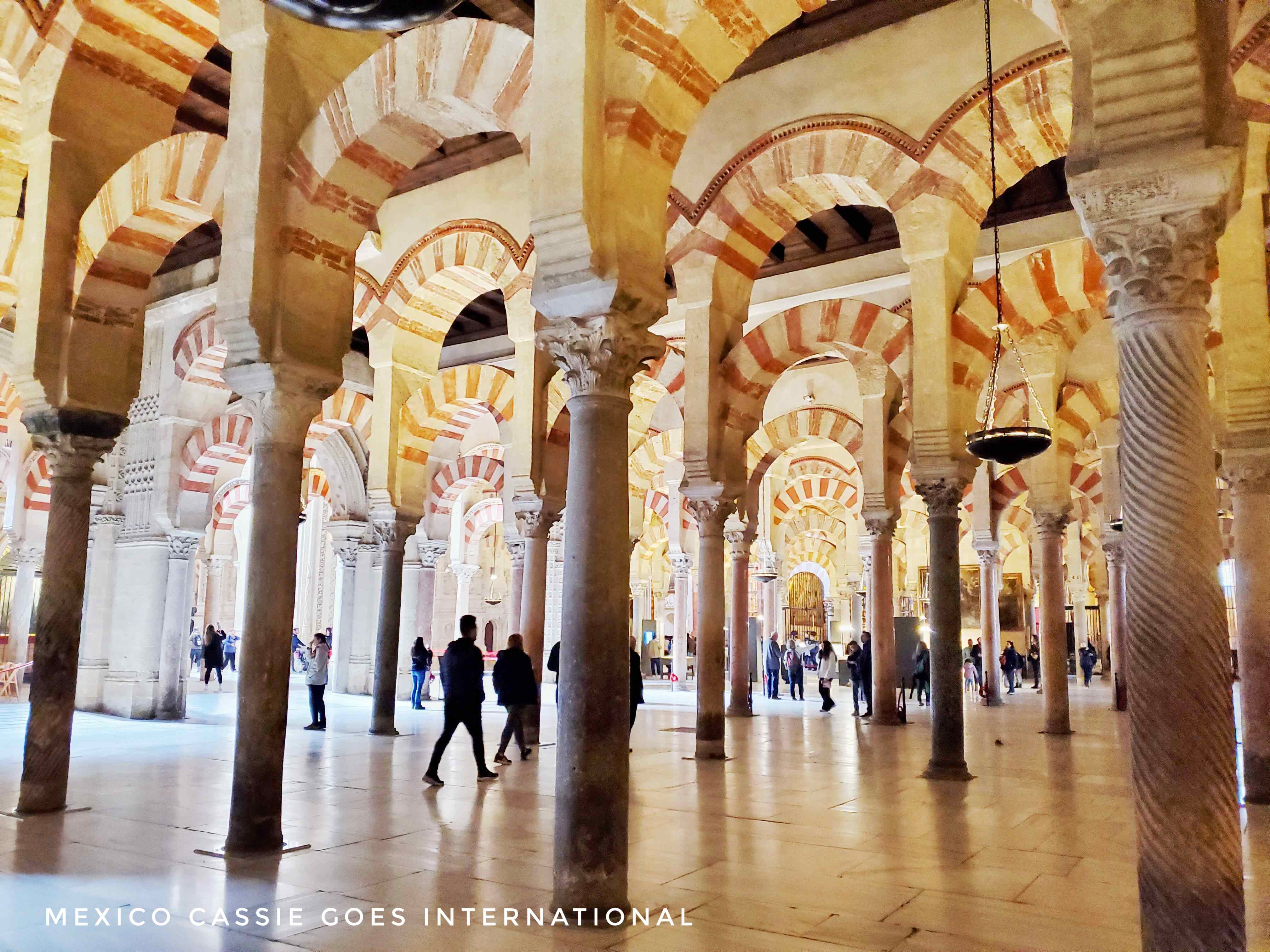
Did you know that there is a tiny tenth century mezquita sitting waiting for your visit in Huelva Province?
Mezquita Bell Tower
The bell tower is on the same site as the Mezquita but requires a separate ticket to ascend. The bell tower was preceded by a minaret that was built in the mid-tenth century. In the late sixteenth century work began to build a bell tower on the site of the former minaret. The views of the Mezquita and of Cordoba from the top of the bell tower are quite spectacular.
Tickets can be purchased in person but since tickets are extremely limited, again buying online is preferable.
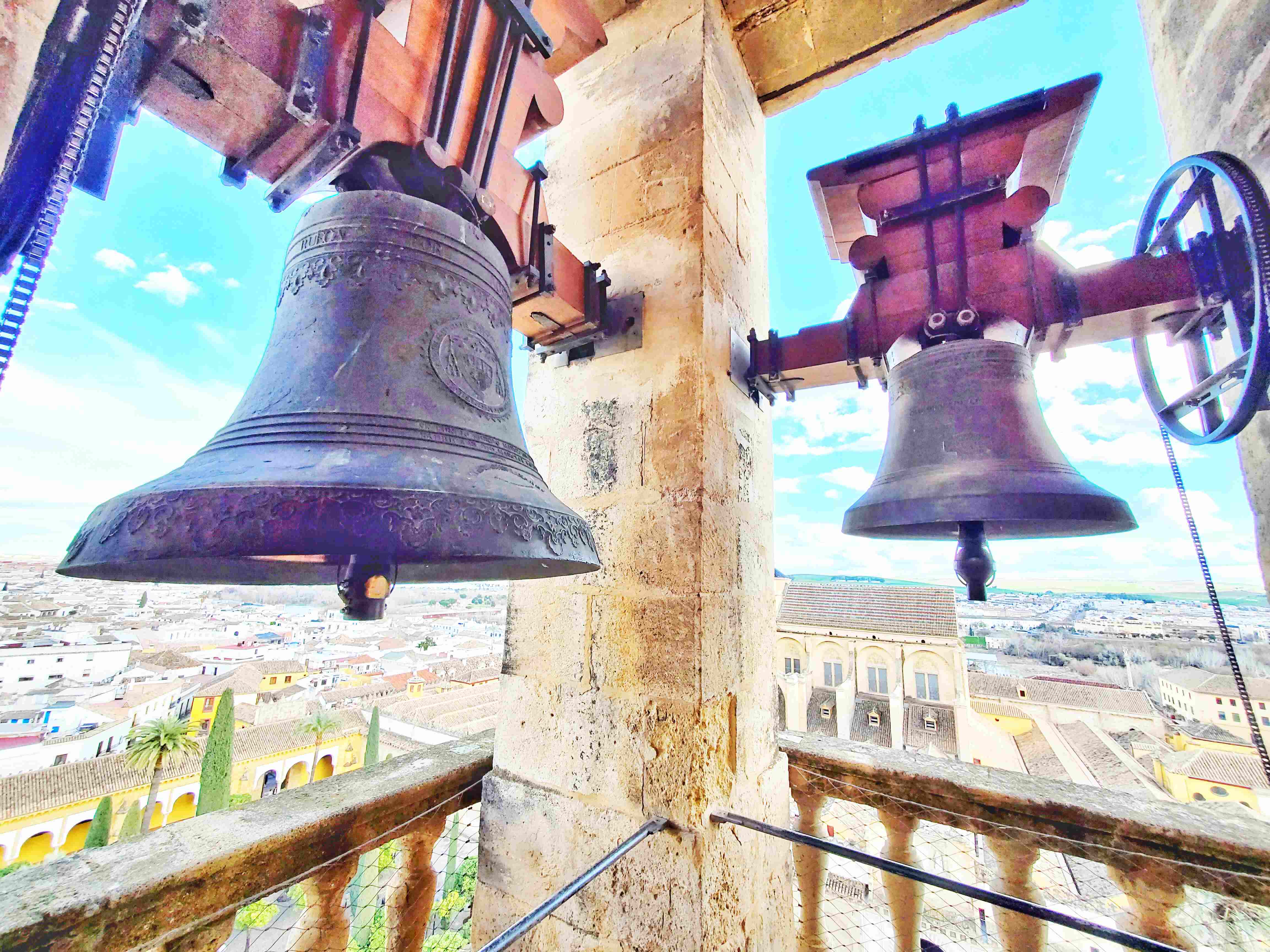
Roman Bridge
Walk over the Roman Bridge, it’s an iconic bridge over the Guadalquivir River. From here check out the enormous water wheel on your right-hand side. There may well be buskers on the bridge so be sure to stop and listen.
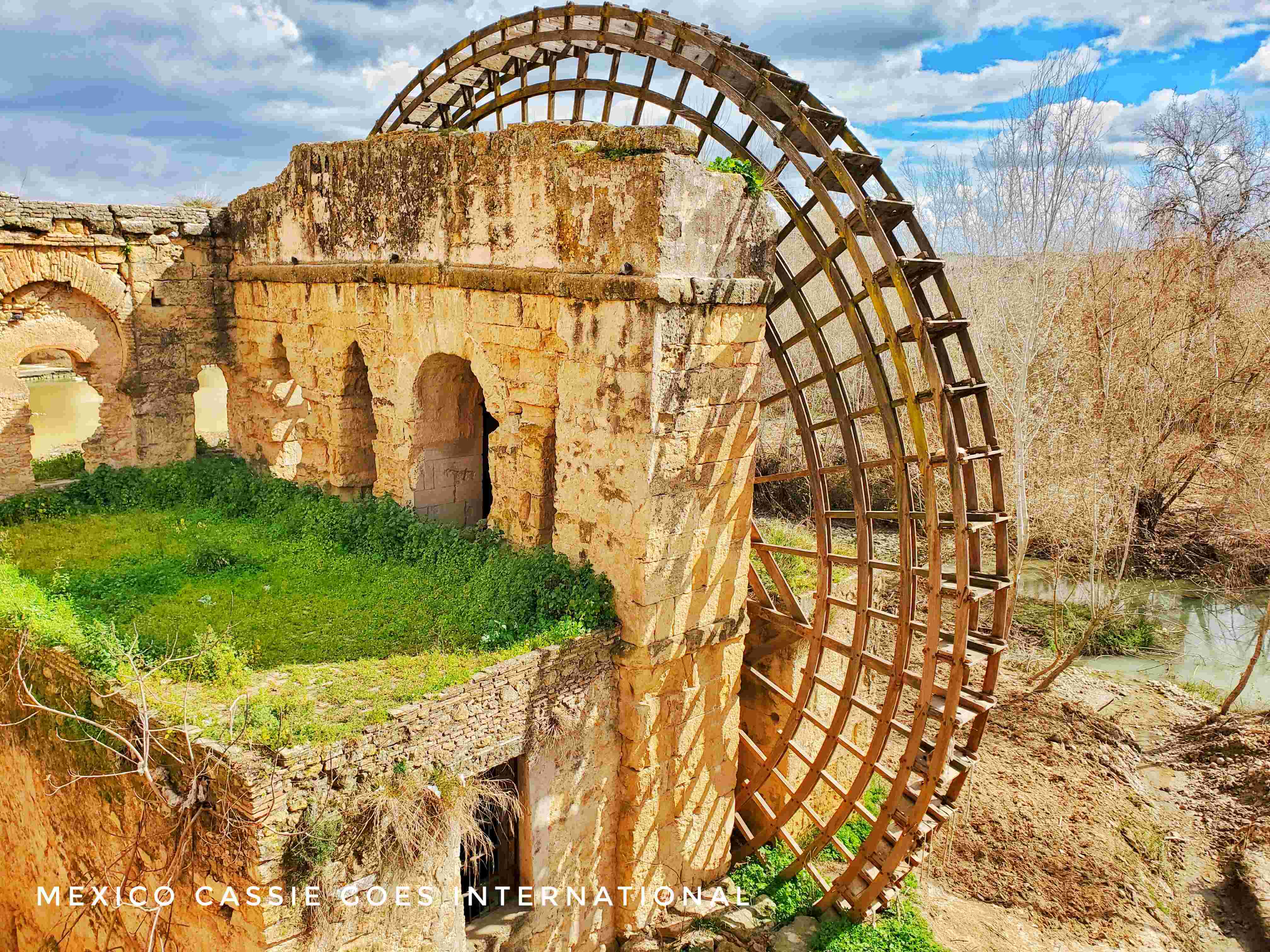
⭐️ If you’re into bridges then Ronda will surely appeal
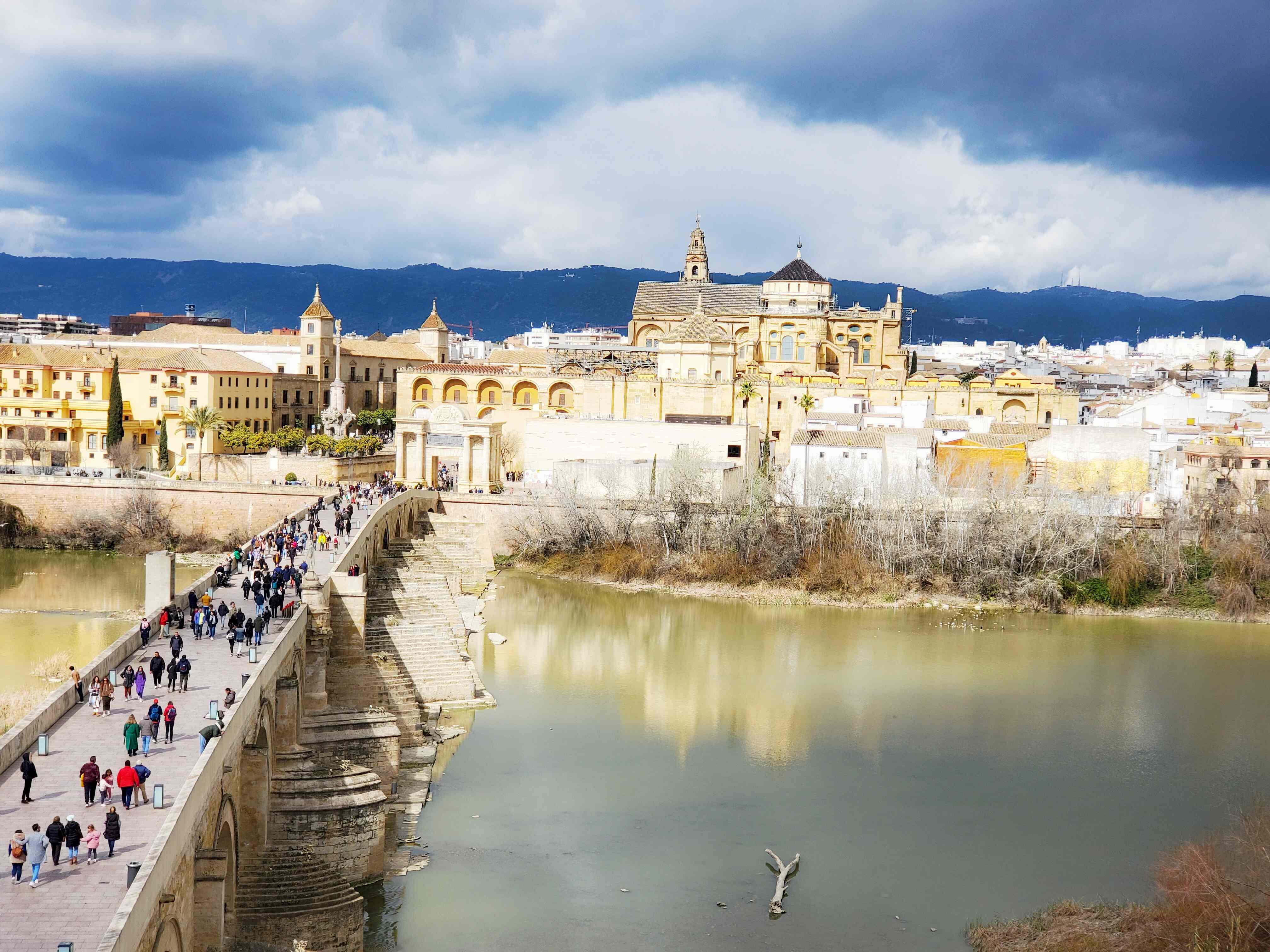
⭐️ There are a myriad of excellent reasons to visit Spain, keep reading to learn more about this magnificent country ⭐️
Torre de la Calahorra and Museum of Al-Andalus
Directly opposite the Mezquita at the other end of the Roman Bridge is the Torre de la Calahorra, a medieval tower that houses the Museum of Al-Andalus. This small museum explores the history and culture of the region via audioguide. Don’t miss the gorgeous rooftop views over the city (photo above).
Alcazar de los Reyes Cristianos
This World Heritage fortress-palace was built in the fourteenth century. It has incredible gardens, towers offering fabulous views, and some wonderful mosaics.
Naturaleza Encendida Raices
A sound and light show in the Alcazar gardens offering the opportunity to learn about the city’s history with an evening walk.
Archaeological Museum
A highly regarded museum has a large collection of artifacts from the three main periods of Cordoba’s history. Roman, Viisigoth and Islamic.
Jewish Quarter
Visitors to Cordoba love to stroll through the narrow and winding streets of the Jewish Quarter. There are many shops and restaurants to visit in this part of Cordoba.
Did you know that Gibraltar also has a strong Jewish past?
Patios of Cordoba
If you’re visiting Cordoba in May then you’re in for a treat as this is when the city’s courtyards open up to the public as part of the “Festival of the Courtyards”. However, there are also courtyards that are open to the public all year round. You just need to know where to look.
It’s possible to visit the patios with a tour or on your own.
Calleja de las Flores
This small alleyway is popular for its view of the Mezquita Bell Tower through the flower pots. If you go during the day you’ll join a line of people wanting their photo taken there. Go first thing in the morning to avoid the crowd.
If you love tiny roads flanked by flowers then the pueblo blanco Mijas in Malaga should also be on your list of places to visit.
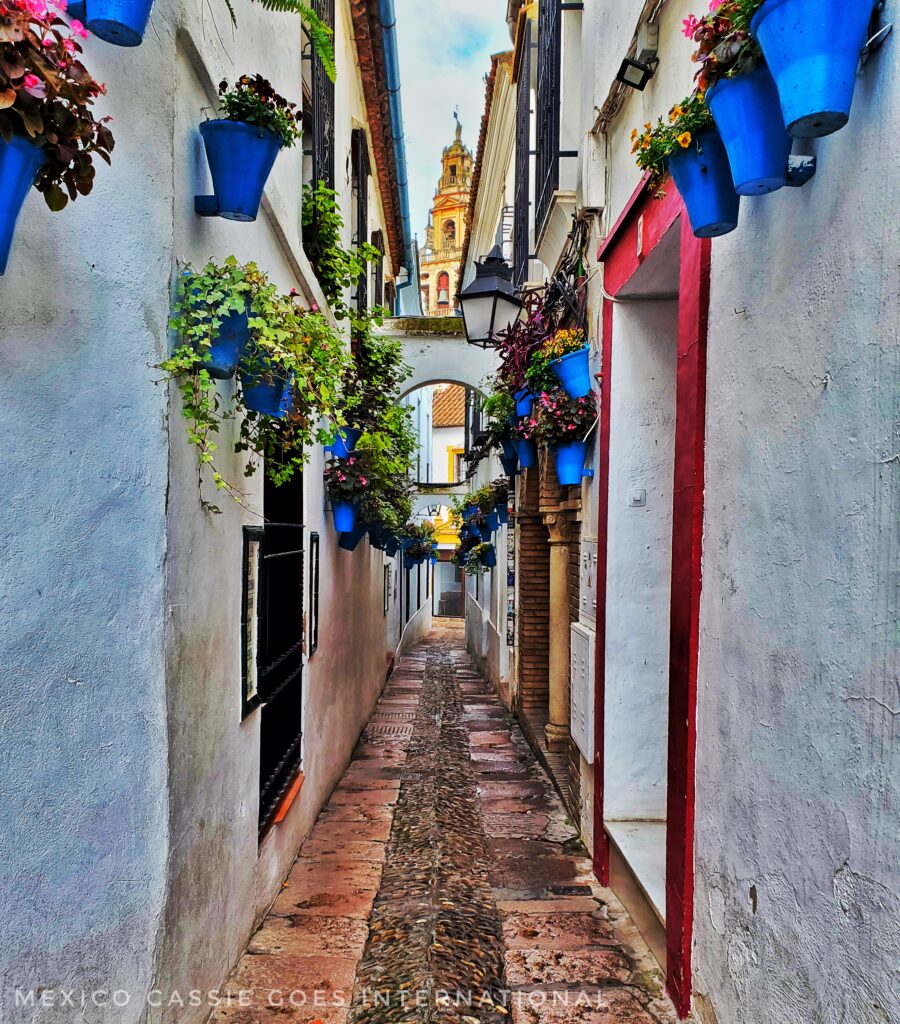
Quick and Easy Tour Options in Cordoba
- Hop-on-Hop-off Bus Tour
- Walking Tour
- Bike Tour
- Evening Wine Tasting in Cordoba
- Food Markets and Olive Oil Tour
- Sunset, Wine and Cheese Tour
Less Well-Known Things to Do in Cordoba
Cordoba Synagogue
Hidden in the Jewish Quarter is one of the last remaining synagogues in Spain. It was built in the fourteenth century and is no longer active. It is very small but it’s worth sticking your head in as you walk around the Jewish Quarter.
Casa de Sefarad
Right opposite the synagogue is Casa de Sefarad, a small but interesting museum about Jewish life in Cordoba. I particularly loved this museum because it gives a different take on medieval equality and tolerance between people of the three religions living in Cordoba.
Casa Andalusí
Also in the Jewish Quarter is the fascinating Casa Andalusí, a small house-come-museum dedicated to life in twelfth-century Islamic Cordoba.
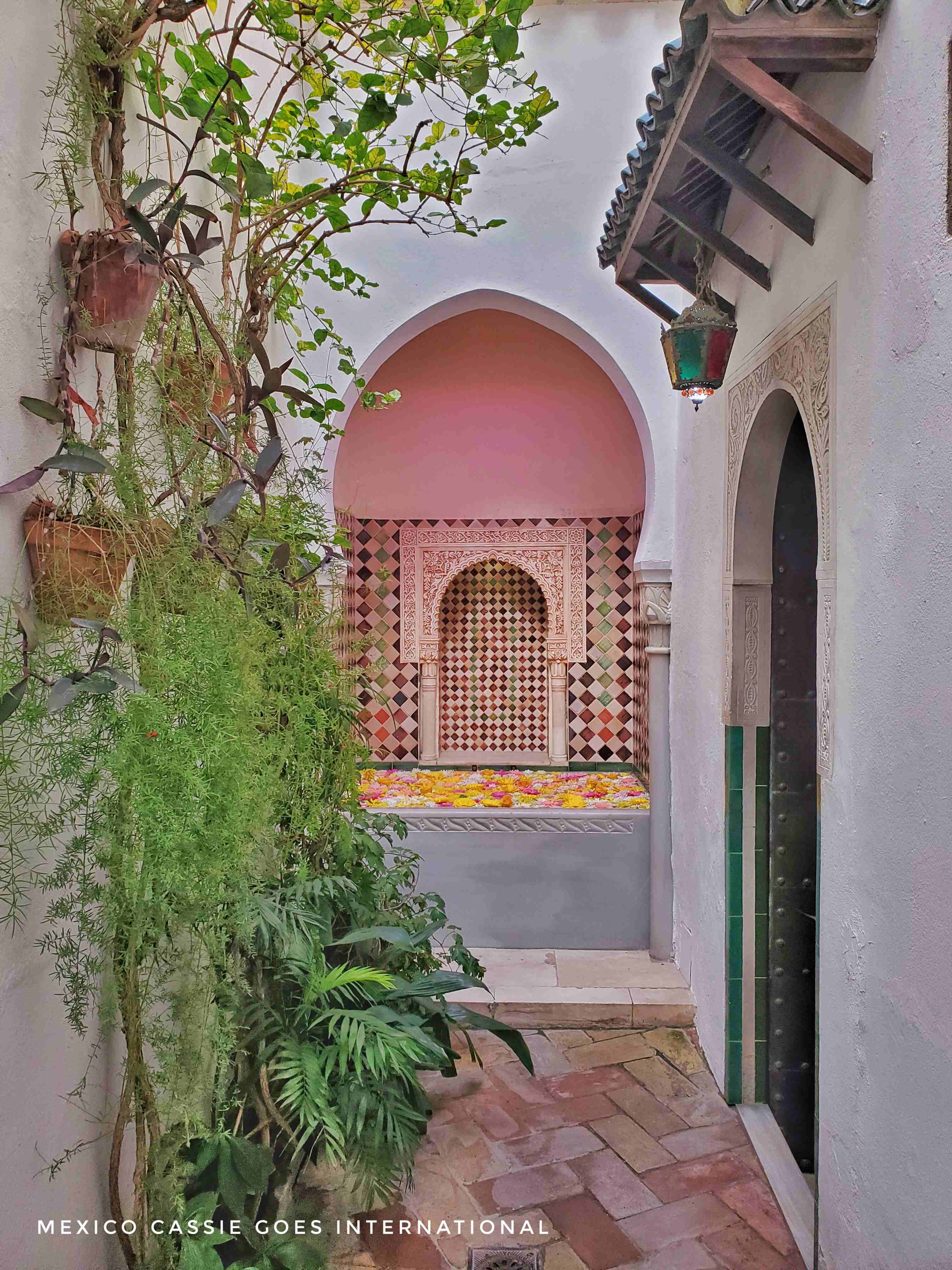
Palacio de Viana
A little out of the centre of town is this palace of twelve gorgeous courtyards.
Caliphal Baths
This is a beautifully preserved example of a traditional Muslim bathhouse. The building is from the tenth century and is a museum dedicated to the ancient baths. Do not confuse this place with the modern Hammam de Andalus, which is a modern-day and gorgeous-looking spa (anyone want to treat me?).
Medina Azahara
This is an archaeological site just outside Cordoba. It was once the capital of the Umayyad Caliphate in Spain. Today it is a UNESCO World Heritage site where you can see the remains of an early medieval palace.
Roman Temple
Most visitors to Cordoba stay firmly in the old city but if you take the time to walk through the modern city (take in Plaza de las Tendillas to see modern Spanish life at its finest) then you’ll find this ruined Roman temple in the middle of town.
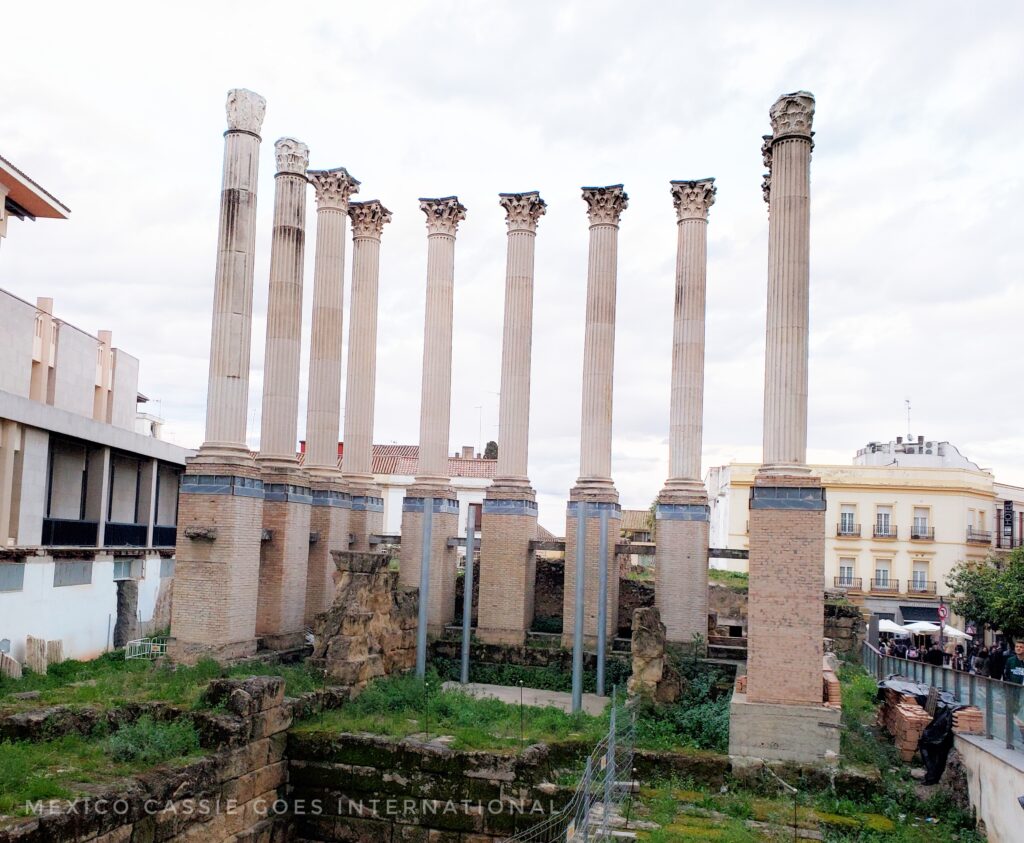
Palacio de la Merced
This stunning eighteenth-century palace is home to the provincial government of Cordoba. It is possible to visit the courtyard and the gardens outside.
Things to do Outside Cordoba – Day Trips
The Wine Route
Did you know that Cordoba is also a wine-producing region? The south of Cordoba province is known as Campiña de Cordoba and it’s covered in olive trees and grapevines. From this region come some of Spain’s very best olive oils (remember how this was a Roman olive oil region) and some deep, sherry-like wines made from the Pedro Ximénez grape called the Montilla-Moriles wine.
Parque Natural de las Sierras Subbeticas
Perfectly accessible for a day trip, the Parque Natural Sierres Subbeticas is also an incredible place to base yourself for a few days if you enjoy wild views, soaring hills, cave and streams. The highest peak here is La Tiñosa at 1570m above sea level. Whether you want to visit for a day or stay a few days, I highly recommend Zuheros as an incredible place. This park is one of those places that Spaniards just adore for walking and exploring. If walking isn’t your thing then how about a vespa tour of the area?
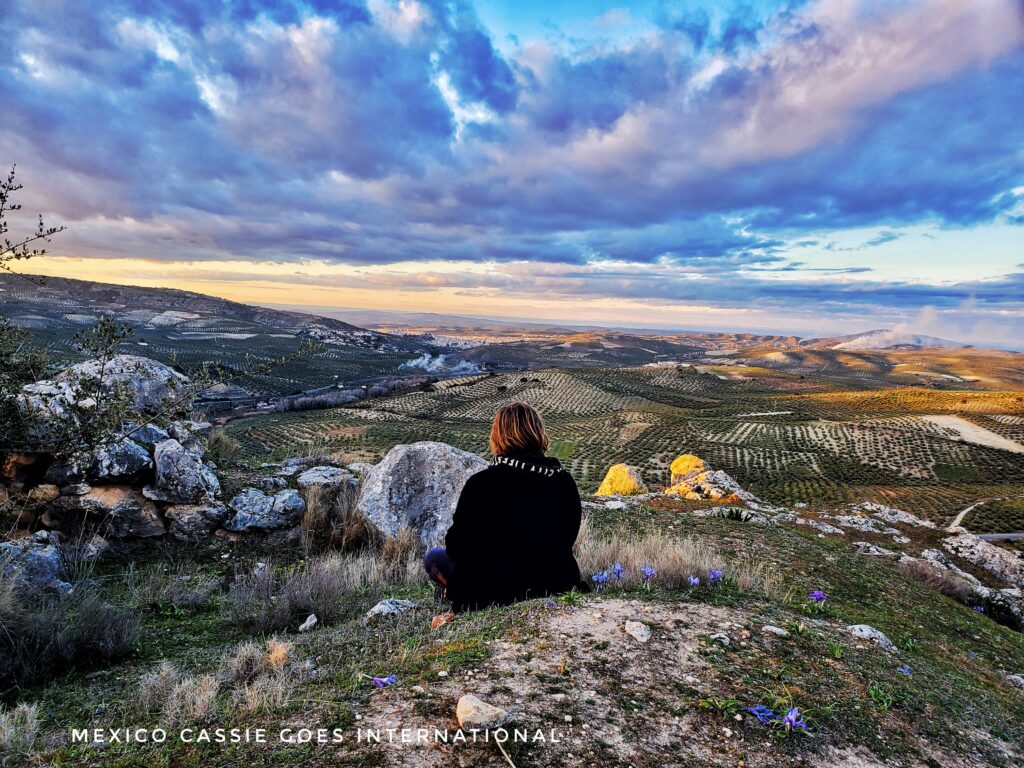
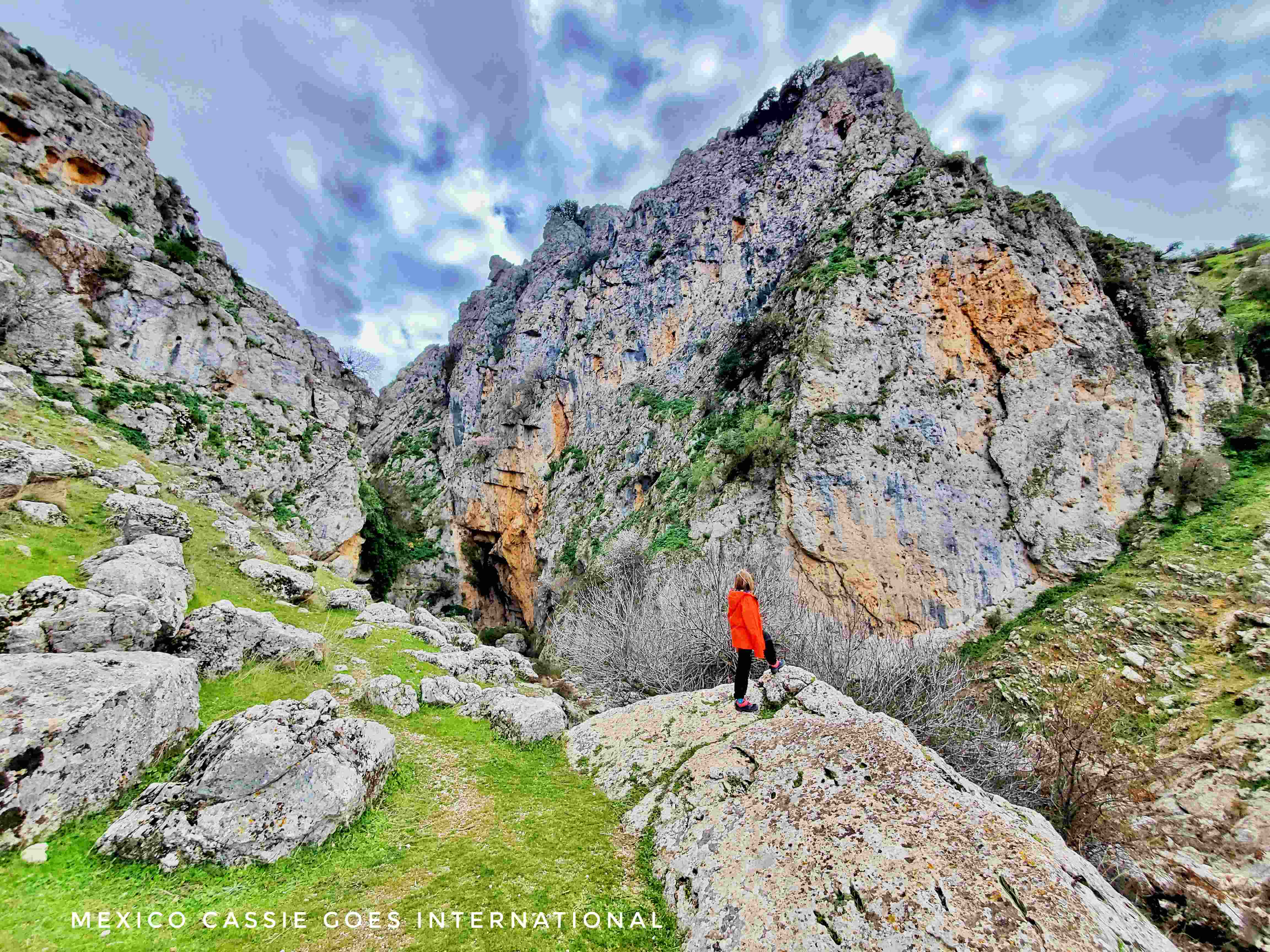
Zuheros
This small town is known as one of Spain’s most beautiful towns and I’d absolutely agree. With its white, red-roofed homes, its brilliantly located castle—slap bang in the middle of town— and its towering craggy hills behind the town, Zuheros is not somewhere you’ll quickly forget. It would be fair to say that Zuheros is one of my favourite places in Spain.
If you’re into small towns near mountain ranges then I also highly recommend considering stopping off in Antequera, right in the middle of Andalucía as it’s historically and geographically an extremely interesting place.
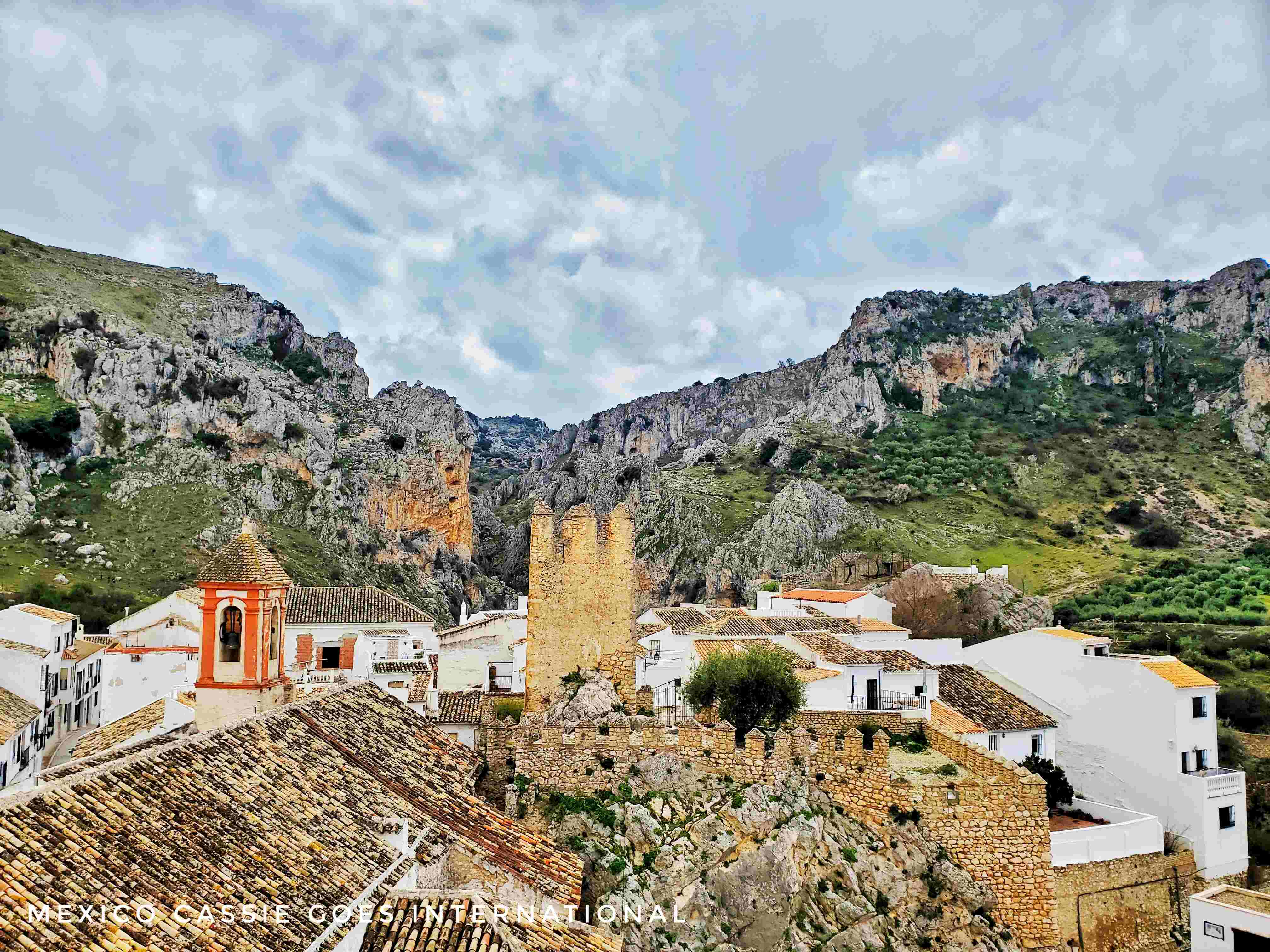
Cordoba the Details
Where to Stay in Cordoba
Where and What to Eat in Cordoba
For such a touristy town, Cordoba has a decent culinary tradition that draws on influences from across Andalucia as well as the city’s mixed Jewish and Moorish heritage. Some of the best foods to try when visiting Cordoba include:
🍽 Salmorejo Cordobés: a variation on the Andalucian cold soup dish that’s not dissimilar to gazpacho. The Cordoban variety is thicker and often comes garnished with ham and hard-boiled egg.
🍽 Ajo Blanco: another cold soup, this time made with almonds, bread, garlic and olive oil.
🍽 Rabo de Toro: braised oxtail slow-cooked with vegetables and spices.
🍽 Berenjenas con Miel: a classic dish found across the region but apparently originates in Cordoba. This is fried aubergine (eggplant) covered in honey. It is utterly delicious.
🍽 Flamenquín: thinly sliced pork loin wrapped around ham and cheese before being breaded and deep-fried. Often served as an appetizer with aioli sauce.
🍽 Pastel Cordobés: a traditional dessert found only in Cordoba. A puff pastry filled with pumpkin, almonds and cinnamon.
Wherever you want to eat when in Cordoba, it is recommendable to reserve a table as the city gets busy and since mealtimes are quite prescriptive, restaurants get full quickly.
📌 Bodegas Mezquita: you might think that this would be too touristy given its proximity to the Mezquita but I have it on good authority that the food is truly excellent. Be sure to reserve a table as it was so crowded we were unable to get a table here. Note that there are four locations.
📌 Restaurante Regadera: We did eat here and the food was excellent and staff were very friendly.
📌 Restaurante Amaltea: we wanted to eat here the first time we went to Cordoba but failed to reserve. The second time we were smart and got to the restaurant early and managed to snag a table. There are many vegetarian options here and everything is delicious.
Frequently Asked Questions
Can I drive and park in Cordoba?
Traffic is limited in the old city of Cordoba. You’re only permitted to drive there if you’re staying within the old city. There is plenty of parking outside the old city though, all within easy walking distance.
When is the best time to visit Cordoba?
Cordoba’s summers are hot and dry whereas winters are mild and often wet. Cordoba actually has some of the highest summer temperatures of all of Europe with an average high of 37C (99F) in July and August. Temperatures over 40C (104F) are not uncommon in summer. The best months to visit are May – June and October – December. Be aware that the city is very popular with international and local visitors alike so remember that local holidays will mean a busy city.
How long do you need to see Cordoba?
Many visitors come for just a day or two but of course, there is enough to do in the city, let alone the province to keep you busy for far more days. Start with the Mezquita and then see what else you have time for.
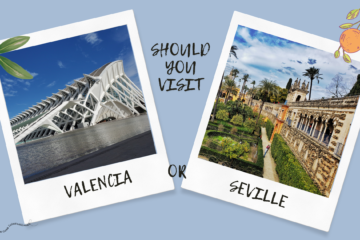
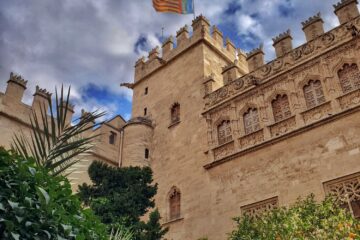
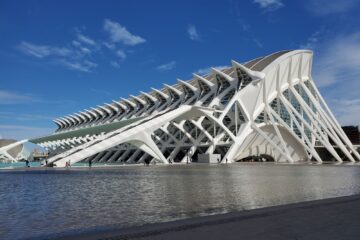
0 Comments